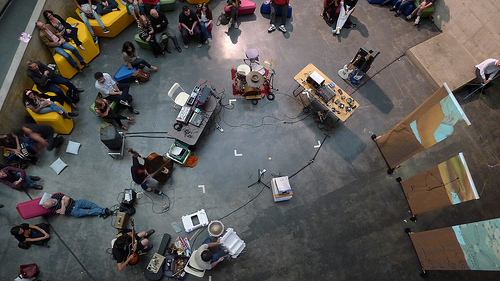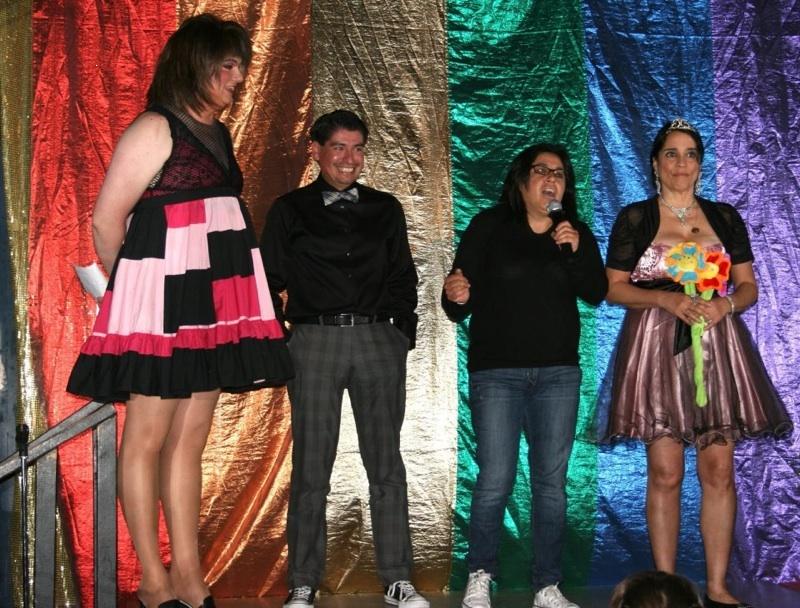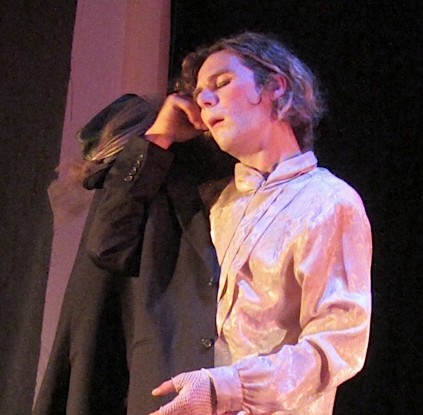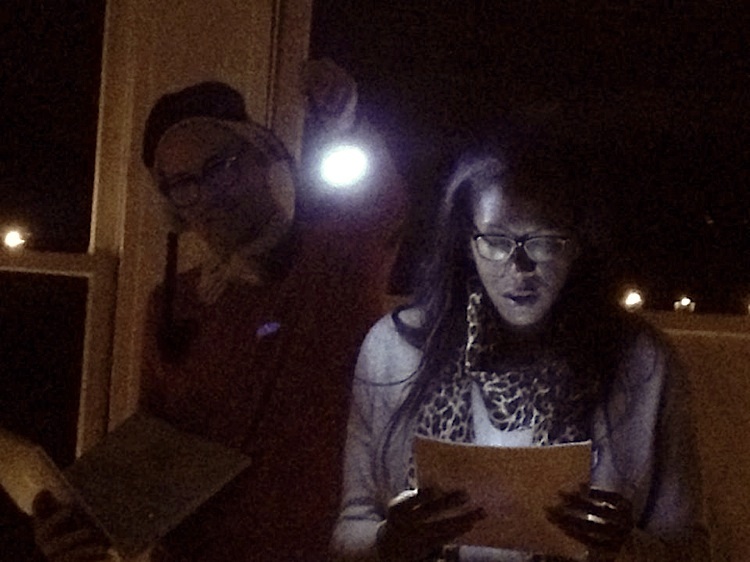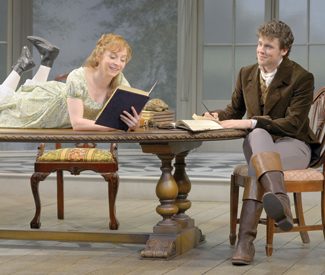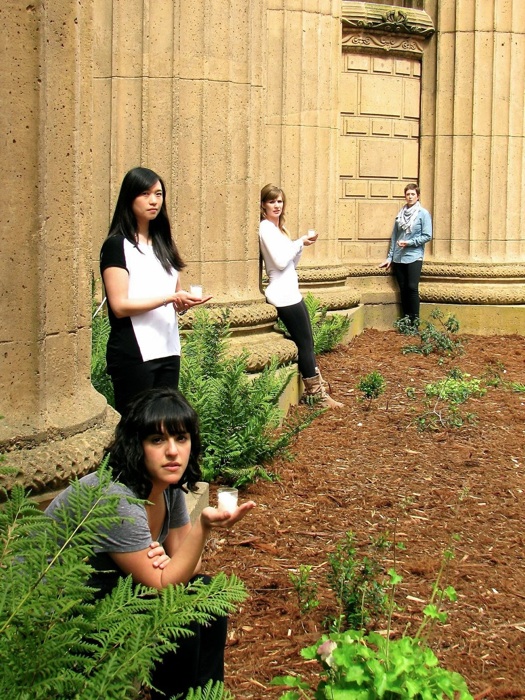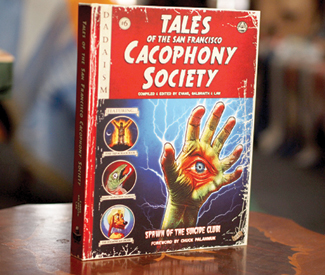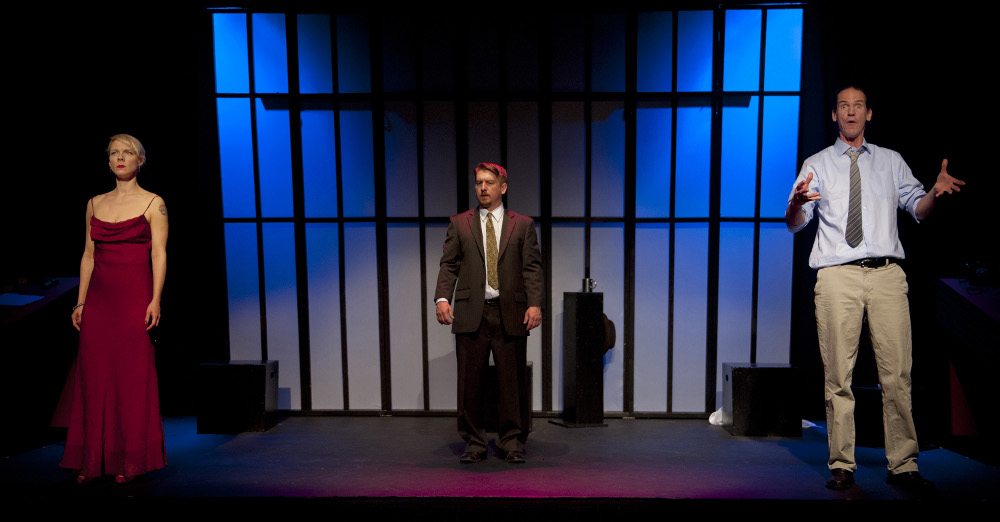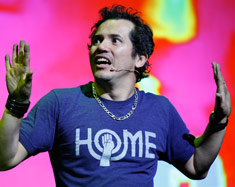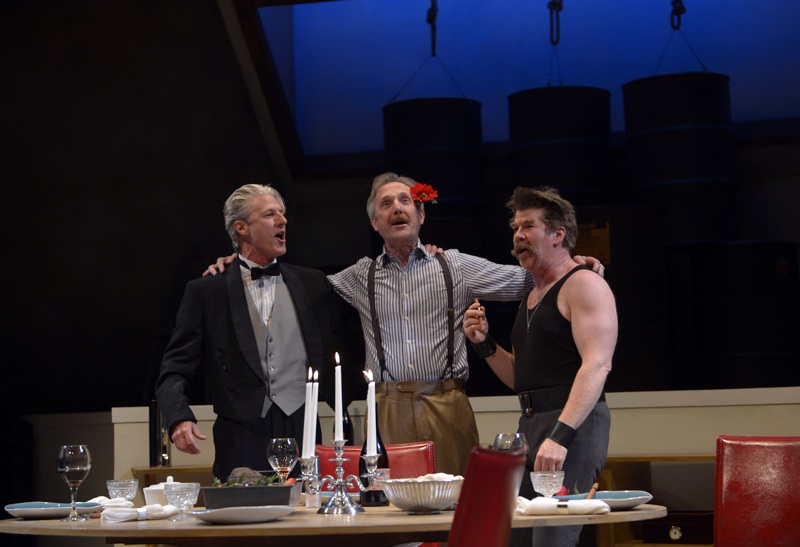San Francisco’s invasion of Canada has begun
On my first day in Alberta, Canada I am greeted by gracious Edmontonians bearing platters of smoked meats, a local tradition perhaps, and upon joining my reconnaissance troop, the small but mighty Naked Empire Bouffon Company, who I’m stage-managing for their one-month Fringe Festival tour, we head down to the 32nd Edmonton International Fringe Theatre Festival headquarters to discover what we can about the territory. The Edmonton Fringe is the second largest in the world after Edinburgh (the original), attracting over a half-million people to the festival site, and hosting over 200 performing companies over the course of 11 days. Mixed in with the vast throng of performers from around the world, a small regiment of infiltrators from the Bay Area have scattered themselves throughout the festival grounds and venues, a quiet invasion of quirky monologists and seasoned storytellers.
And Naked Empire of course, whose confrontational buffooning offers an entirely different definition of Fringe theatre.
Once briefed, we spread out into the Old Strathcona neighborhood to make ourselves known. Old Strathcona is one of those sweetly-preserved old town areas filled with historic wood and brick buildings, cute vintage boutiques, head shops, pubs with names like “Filthy McNasty’s” and “The Tilted Kilt,” as well as many of the city’s theaters and clubs. But what catches our eyes most immediately are the community signposts and storefront windows already covered with Fringe show posters and flyers, although the festival won’t open for another three days. We’re lucky we’re so early, there’re still a few empty spots we can claim as our own with a stack of posters and reams of packing tape. The Naked Empire conquest of Canada has officially begun.
Over the next few days I keep an eye out for evidence of our Bay Area comrades. Some shows are familiar to me, such as David Caggiano’s Jurassic Ark, which won a “Best Of” award at the 2011 San Francisco Fringe, and Annette Roman’s Hitler’s Li’l Abomination, which plays the same venue as Naked Empire — the Yardbird Suite, a volunteer-run Jazz Club during the year. Others are performers I’ve seen in previous shows, such as Pi Clowns, here with a stripped-down, three-person venture entitled De(tour), and Randy Rutherford with Walk Like a Man, a low-key, heartfelt solo show combining folk music and reminiscence. Still others are performers I haven’t yet seen in the Bay Area, so it was fun to catch them across the border instead: Howard Petrick on riding the rails in Never Own Anything You Have to Paint or Feed, and Barbara Selfridge in Zero Tolerance: Sex, Math, and Seizures.
Out of all of us, Rutherford is the performer who’s most seasoned on the Canadian Fringe, a linked circuit of 22 individual festivals with staggered starting dates stretching across the continent, making it possible for a Fringe artist to start touring in June in Montreal (or May, in Orlando, Florida), and travel west all summer long, hitting multiple festivals along on the way. Performing his solo shows on the circuit since the late 1990s, Rutherford has won 21 “Best Of Fringe” awards, and is one of the rare performers from the United States to really tap into the potential rewards the Canadian Fringe has to offer. The irony, of course, is that he’s much better known in Canada than in his own hometown, as are many of the Fringe famous.
As for Naked Empire, our second show is today, so it’s still early to tell whether or not we’ll be joining those ranks or not, but stay tuned. The Edmonton Fringe is just beginning and there are dozens of stories yet to tell.
Wanna Fringe vicariously through us? Follow @enkohl and @NakdEmprBouffon on the twit-thing for updates and gossip.

